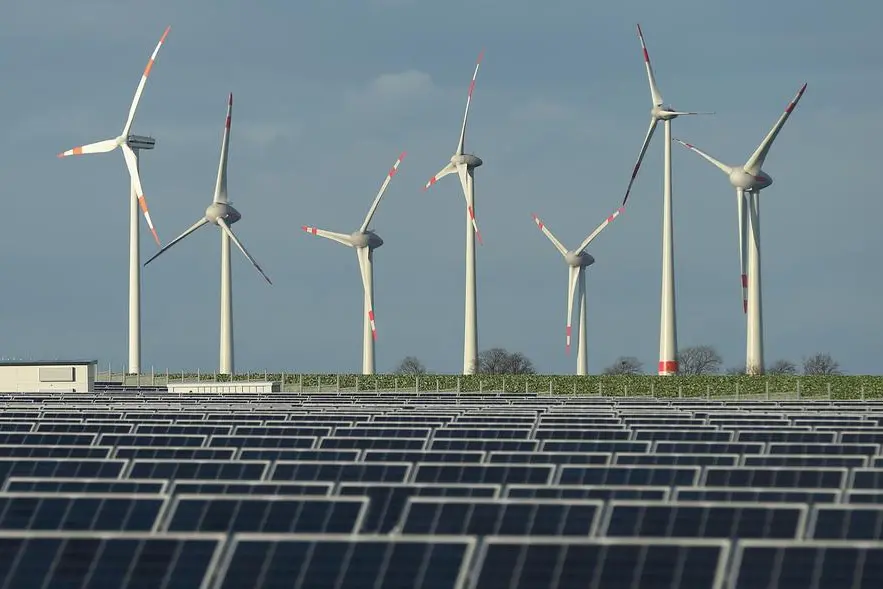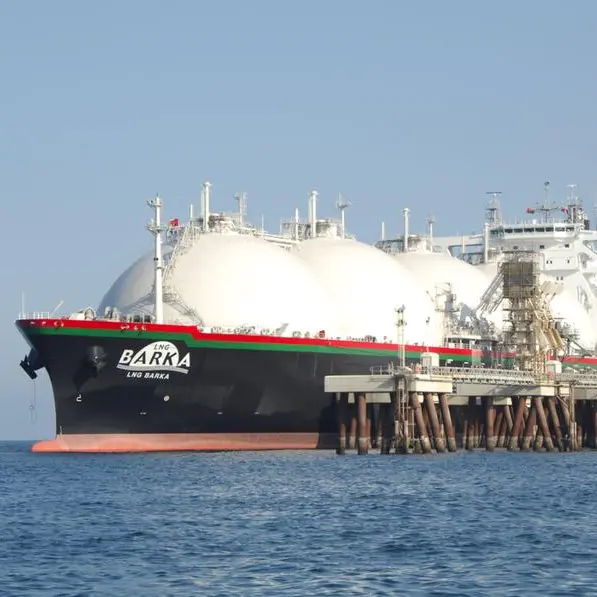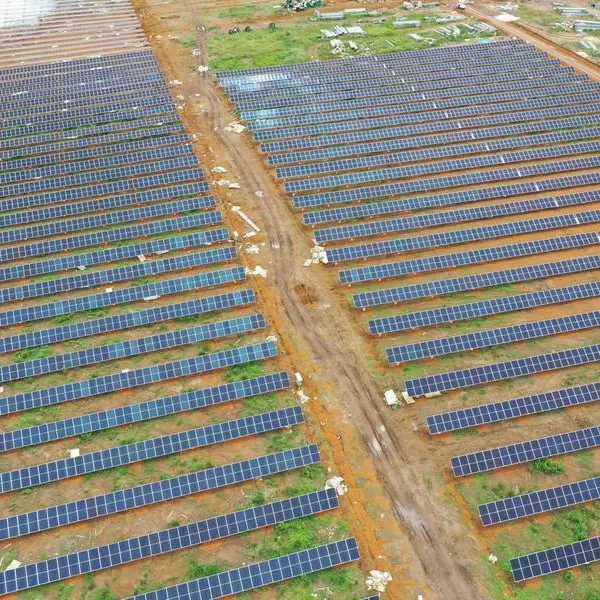PHOTO
Around $3.5 trillion a year of capital investment will be needed on average between now and 2050 to build a net-zero global economy, up from $1 trillion per annum today. Part of the investment needed will be offset by declining investment in fossil fuels, cutting the annual requirement to a net $3 trillion, a new report from Energy Transitions Commission (ETC) has found out.
In its latest report Financing the Transition: How to make the money flow for a net-zero economy, ETC highlighted that this investment is equal to 1.3 percent of potential average annual global GDP over the next 30 years.
“These investments will also create a lower operating cost energy system than today which could realise savings of $2-3 trillion a year by 2050 and continue thereafter, depending on how fossil fuel prices evolve,” the report noted.
Low-carbon power generation, transmission, and distribution will garner a massive $2.45-trillion or 70 percent of the total investments followed by buildings requiring $500 billion or a 15 percent share.
Transport, industry and hydrogen will each require $240 billion (7 percent), $70 billion (2 percent) and $80 billion (2 percent) respectively from now until 2050.
It also observed that there is enough capital available globally to finance the transition although there are short-term challenges like high interest rates to overcome. “But the scale of capital mobilisation and reallocation required will not occur without strong real economy policies in all economies and actions to address financial sector challenges in middle- and low-income countries.”
“In all countries, the vast majority of finance will come from private financial institutions and markets if well-designed real economy policies are in place. Yet even in high-income economies, public financial institutions should play a role in financing specific types of investment, such as first-of-a-kind technology deployments, shared infrastructure (e.g., hydrogen and CCUS transport and distribution networks), and residential buildings retrofits,” it said.
Underpinning the importance of concessional finance in the funding plan, the report noted that these payments could amount to around $0.3 trillion a year by 2030. “This money could, in theory, come from corporates via voluntary carbon markets, philanthropy, and high-income countries”.
By 2030, these payments could amount to:
·Around $100 billion per annum to fund carbon removals. Initially primarily via nature-based solutions such as reforestation but with an increasing role in the 2030/40s for engineered solutions such as Direct Air Capture of Carbon and Storage (DACCS).
·Around $25-50 billion per annum to achieve early phase-out of existing coal assets, with the need for these payments to decline to zero by 2040.
·Around $130 billion per annum to end deforestation by 2030 – but potentially far more if red meat consumption continues to increase. The scale of these payments raises the question of whether available money would be better spent in other ways e.g., directly supporting governments which are willing and able to impose deforestation bans.
(Writing by Sowmya Sundar; Editing by Anoop Menon)






















